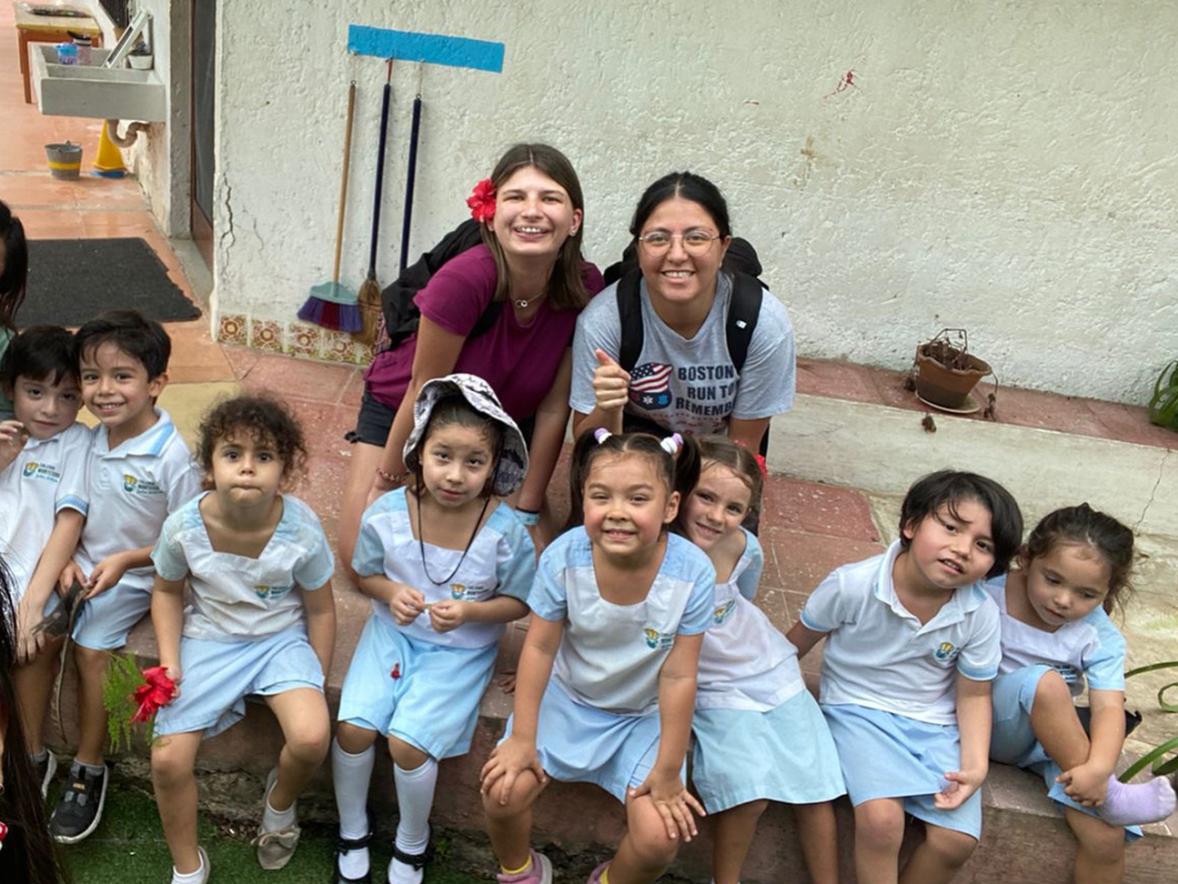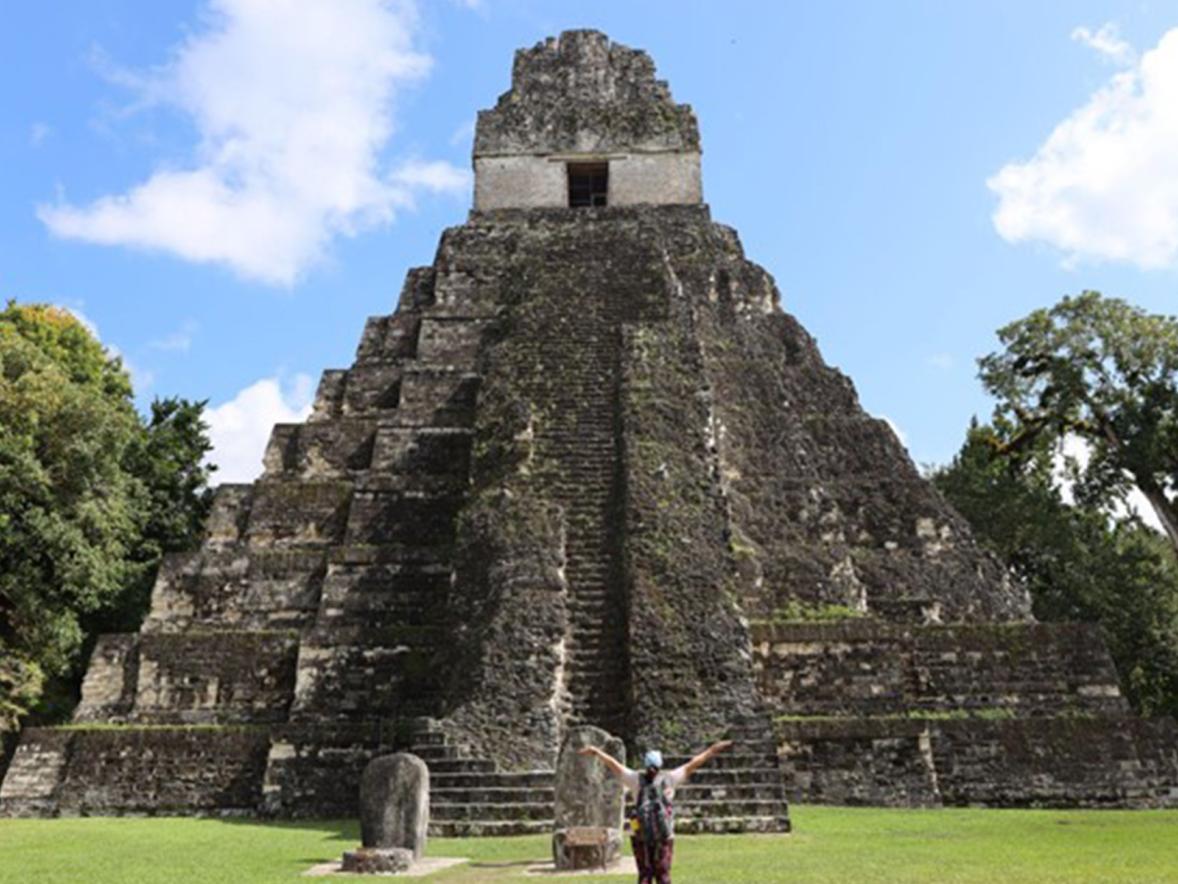In January, while temperatures drop to the single digits in Wisconsin, 14 undergraduate and graduate students from the University of Wisconsin-Stout venture into the Belize rainforest and barrier reef to observe wildlife and discover the history of the Mayan people.
For 11 days, they are studying the Central American country’s diverse species and ecosystems in a Natural History of the Neotropics course, led annually by UW-Stout biology Professor Michael Bessert.
Among the travelers are Paige Letter and Lindsey Ward, two master's in conservation biology students, for whom the trip's focus on biodiversity and conservation, as well as how the people of Belize live day-to-day, is especially critical to their studies.
But the course isn't just for graduate students. It is open to all majors and satisfies academic requirements that undergraduates must fulfill before graduation.
Study abroad opportunities are a part of Stout Core, foundational general education classes at Wisconsin’s Polytechnic University. Through Stout Core, students gain global perspective, communication and critical thinking skills, ethical reasoning and more so they graduate ready to do more on day one.
“I’ve always felt these study abroad programs are among the more highly impactful opportunities for our students,” said Bessert, conservation biology program director.
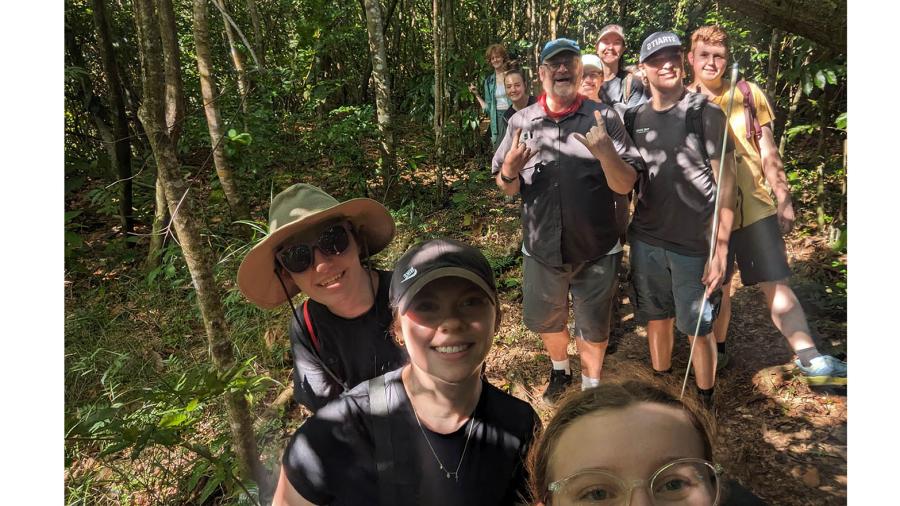
Hiking to the Red Bank Scarlet Macaw Viewing Area is no walk in the park. The class treks through the jungle, up steep dirt pathways, around trees thick with crowding branches. The view from the top is worth the climb.
They watch a huge flock of scarlet macaws fly directly overhead, wings spread wide and long tails trailing behind, like phoenixes blazing through the trees.
“I was happy to be around people who were just as fascinated by the macaws as I was,” said Ward, originally from Omaha, Neb. “We could hear them screeching as we hiked back down the trail. It was one of the most incredible events in my life.
“To witness firsthand the incredible biodiversity that Belize has to offer and the species that deserve to be protected, my appreciation for conservation has become even more ingrained in me,” she added.
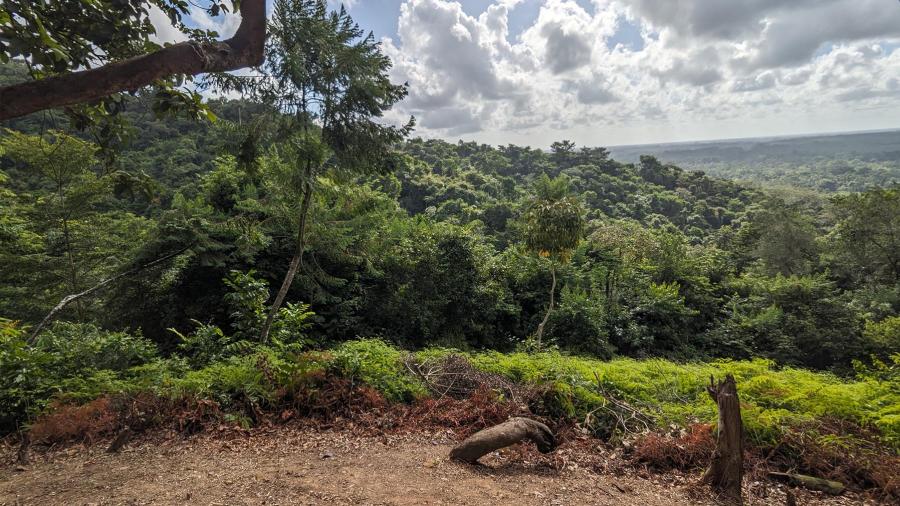
Letter, of Eau Claire, struggles on the hike, and a guide stays back with her, showing her a clearing overlooking the canopy where she watches more than 50 macaws feeding, flying and perching in the valley below.
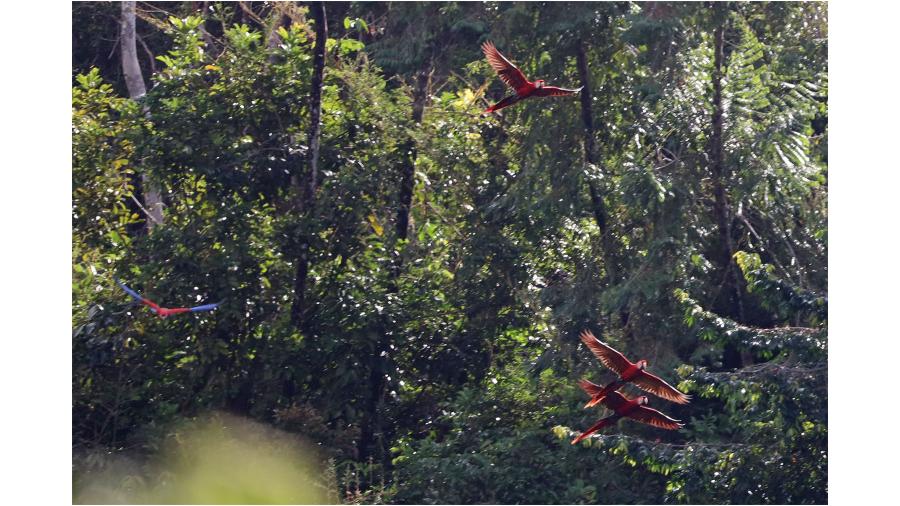
“To be by myself, fear of what might lurk in the vegetation, but finding tranquility, I was overcome with emotions seeing these beautiful, endangered birds flourishing once more,” Letter said, recalling the book “The Last Flight of the Scarlet Macaw” by Bruce Barcott.
“On this trip, I found my inner strength to battle fears and any trepidations,” she added. “There was a discovery of an inner calmness that made me grateful to be able to be present in this wild, wonderful world.”
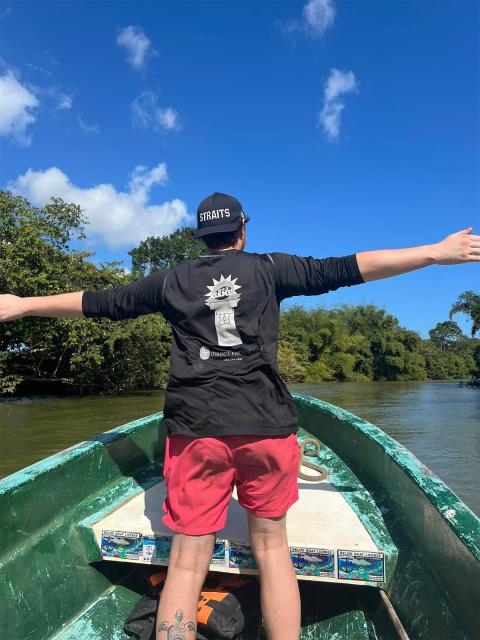
On a tour of the lagoons on the Sittee River, Hunter Kuester, a hotel, restaurant and tourism management student, dons his Whistling Straits Golf Course baseball cap and stands at the front of a small speedboat, arms stretched out catching the wind.
Mangrove trees tangle their roots to either side, arcing above the water before diving deep into the murky riverbed.
“I wanted to study abroad to broaden my cultural focus outside of the United States, experience a completely new environment, explore traditions and cuisines outside of my own and dive deeper into what a lab class could really be,” said Kuester, of Watertown.
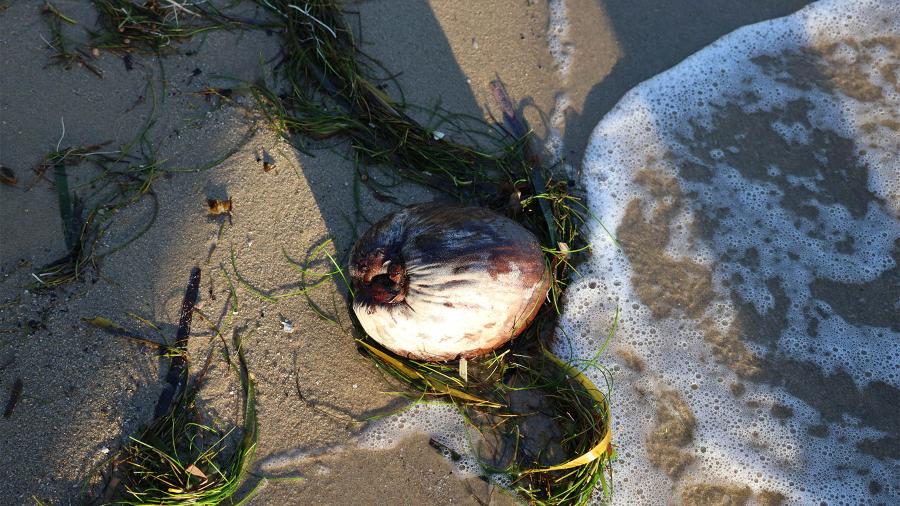
Feeling the smooth grit of white sand between her toes on the beach near their villa on the Sittee River, Letter, whose focus is plant conservation, listens to the rush of waves on the shore. Coconuts are abundant. The smell of salt water lingers on the breeze.
Looking around though, she notices the microplastics, bottles and trash that wash ashore. Birds rifle through litter to find food, and she sees a crab has made its home out of a broken plastic bottle.
“It was heartbreaking. There is a plethora of plant specimens to study in the tropics,” she said. “The threat of global warming and pollution is imminent. Seeing the plants, animals and aquatic species that are already in danger of extinction made me feel blessed to see them before they may be gone.”
After a five-mile boat ride out into the Caribbean Sea, the class lands at Bread and Butter Caye and explores the Belize Barrier Reef, the second largest in the world.
Floating on the surface and diving among the local wildlife, they snorkel and observe the interactions between the corals and the many fish that dart about. A large gray angelfish glides past Ward, its wide, heart-shaped, speckled body cutting gracefully through the warm water.
“The reef ecosystem provides food and habitat for so many different species,” she said. “But I also thought about how damaging it would be to have such a complex ecosystem destroyed by human activity.”
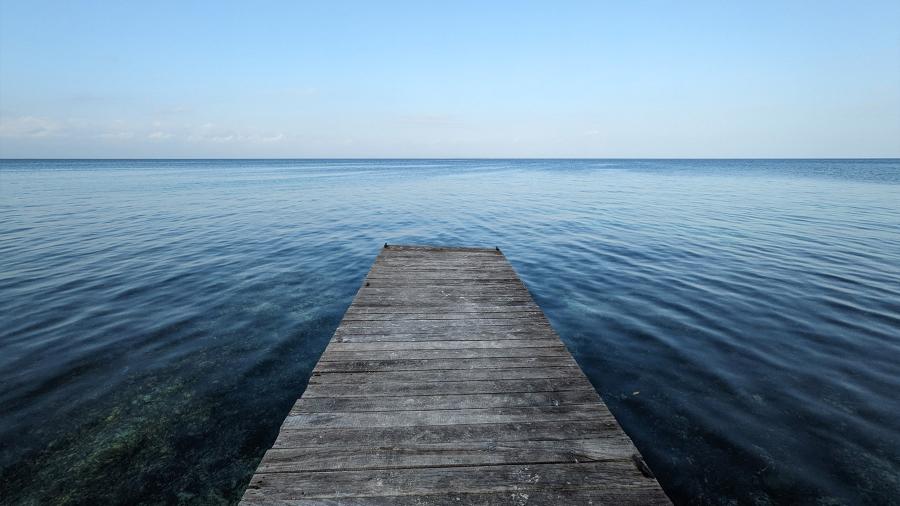
Having never swam in open waters before, Letter admits to being a little scared. But her fear melts away when she sees the beauty under the water.
“I was reminded of how small I felt in this giant world. There was a great sense of calmness away from the bustling city life,” she said.
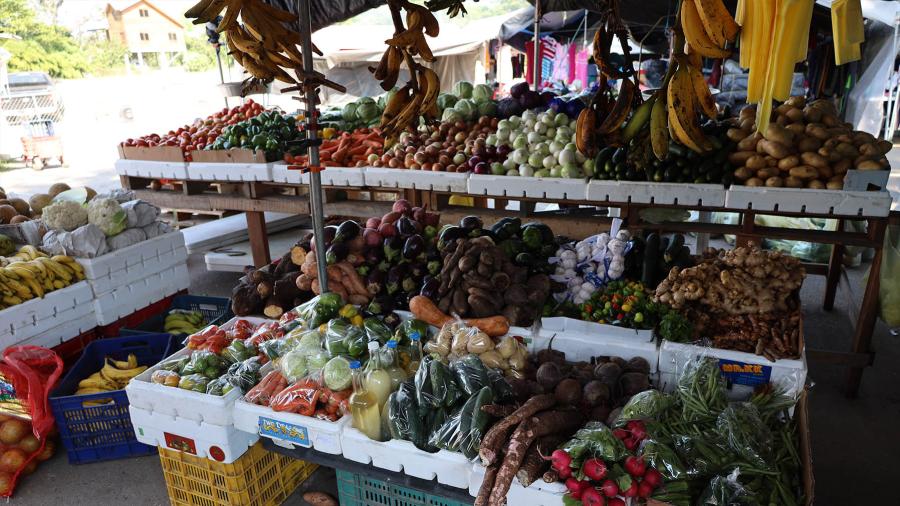
At the farmer’s market in San Ignacio, Letter is overwhelmed by the variety of produce and foods. The sweet smell of fruits, grilled vegetables and beans from the cooking tents fill the air as people join in conversation.
“Getting to experience the cultures here firsthand really made me appreciate the farmers that put so much love and passion into their products,” she said.
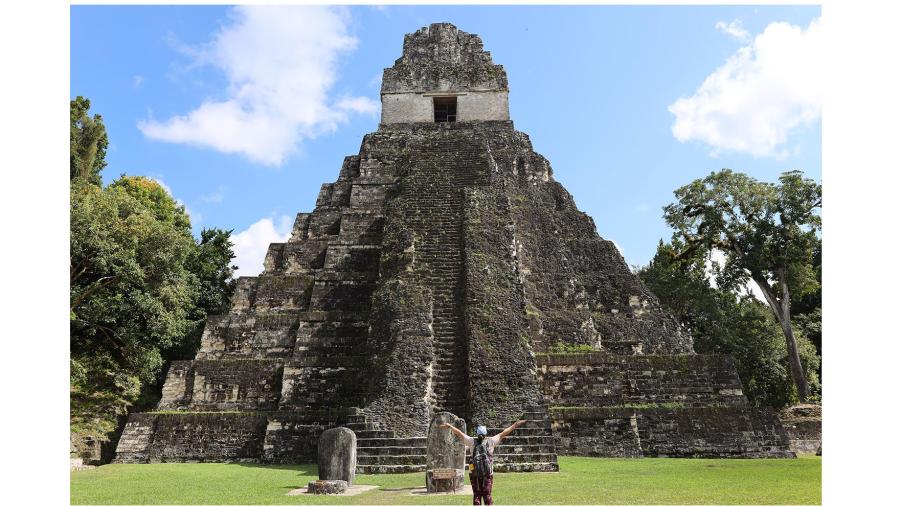
Crossing the border into Guatemala, the class walks among the Mayan temple ruins at Tikal National Park, a UNESCO World Heritage Site. Temple I, also known as Temple of the Great Jaguar, built nearly 1,300 years ago, rises above Letter, as her arms outstretch in awe.
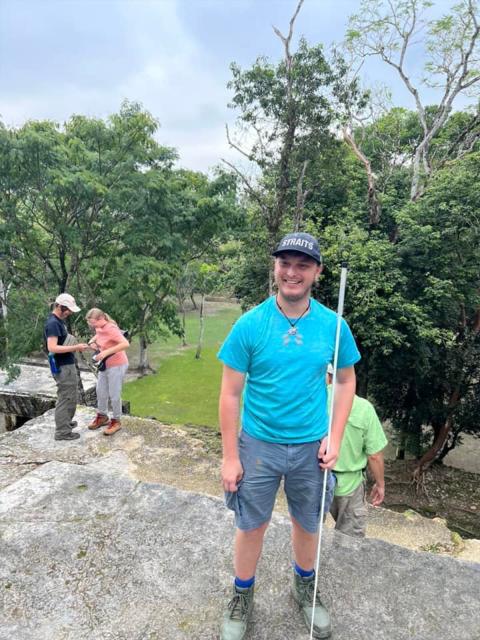
“What giant beauties!” she said. “The engineering, time and hard work that it took to build these temples was dedication to the utmost degree. If only I could have been a fly on the wall during the peak time of the Mayan population here. To see the everyday life of the priests and elites would be eye-opening.”
The Mayan population of the classic period, A.D. 250-900, far exceeded the population of Belize today.
Crossing the central plaza, past Temples II and III, Kuester and Ward join their classmates in a climb of more than 200 uneven steps to the peak of Temple IV, rising above the lush greenery of the Guatemalan jungle.
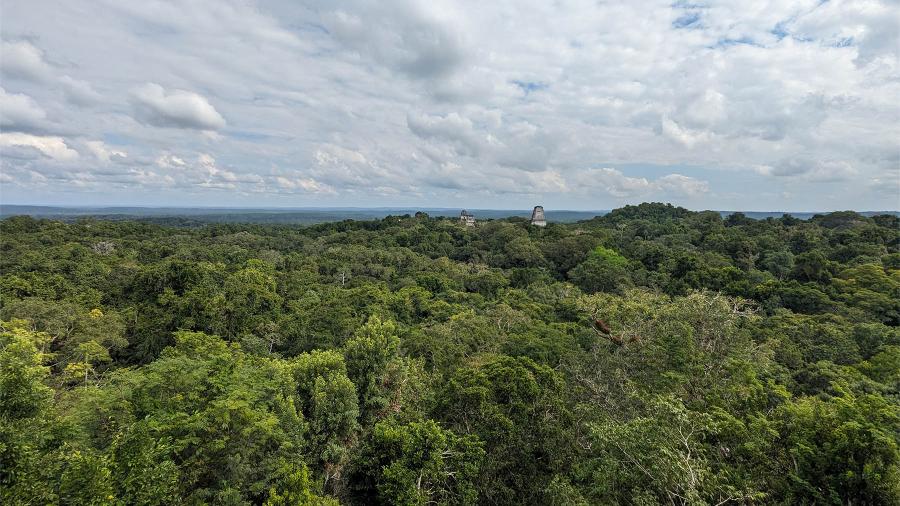
Being surrounded by classmates at the top of the temple is a special moment for Ward, who is relieved to finish the climb as she gazes out across the canopy and sees other Mayan structures towering above the trees in the distance.
“I was amazed by how many trees I could see and the thought of the Mayans building such a tall structure so long ago,” she said.
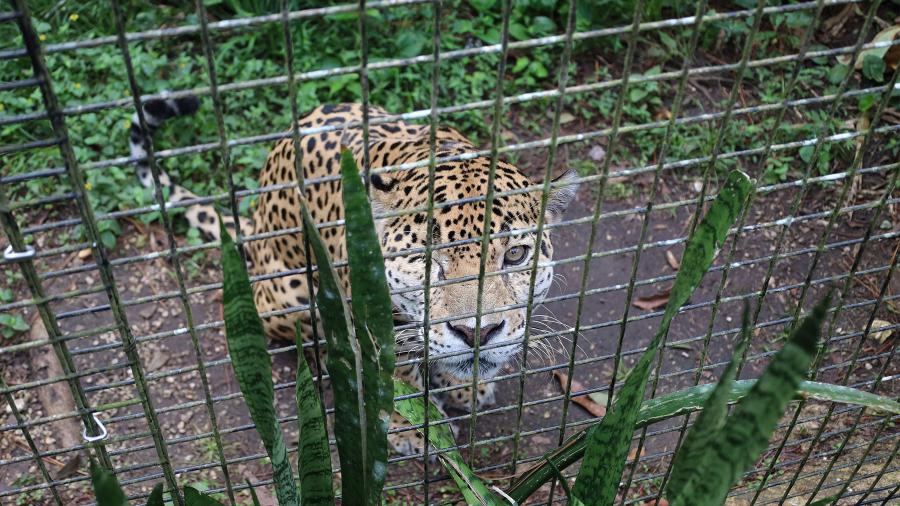
Meeting another jaguar face-to-face - this one not of stone but of prowling muscle and spotted coat - is the highlight of Letter's trip. At the Belize Zoo, a wildlife education center and rescue and rehabilitation facility, Edgar the one-eyed jaguar approaches the fence. Letter's body goes numb and her heart melts.
“This beautiful creature came out, tail wagging and excited to see me. I felt a mix of fear from seeing a large predator, sadness to see the injuries he received, joy that he is in safe hands and something deep in my soul that connected to him in that moment,” she added. “I could have spent all day just being there with him.”
For many of the students, this trip will be a core memory in their polytechnic experience, one that helps them build confidence in stepping out of their comfort zone, connecting with others and appreciating different cultures, skills that will last a lifetime.
For Bessert, their instructor and guide, it’s a chance every year to teach about something central to his life. As an undergraduate, Bessert took part in three study abroad courses, one focusing on biodiversity in Belize. Thirty years later, he still works with some of the people he met back then.
“Consequently, we are among old friends and treated as family rather than tourists,” he said.





